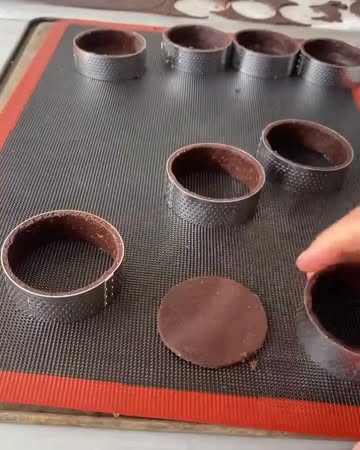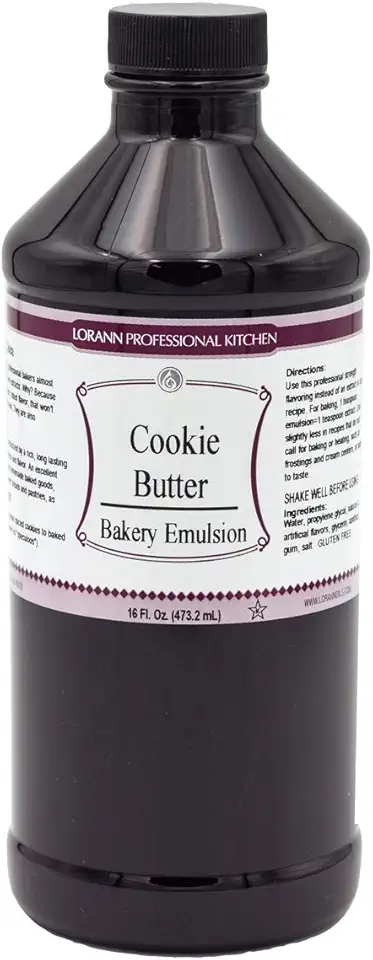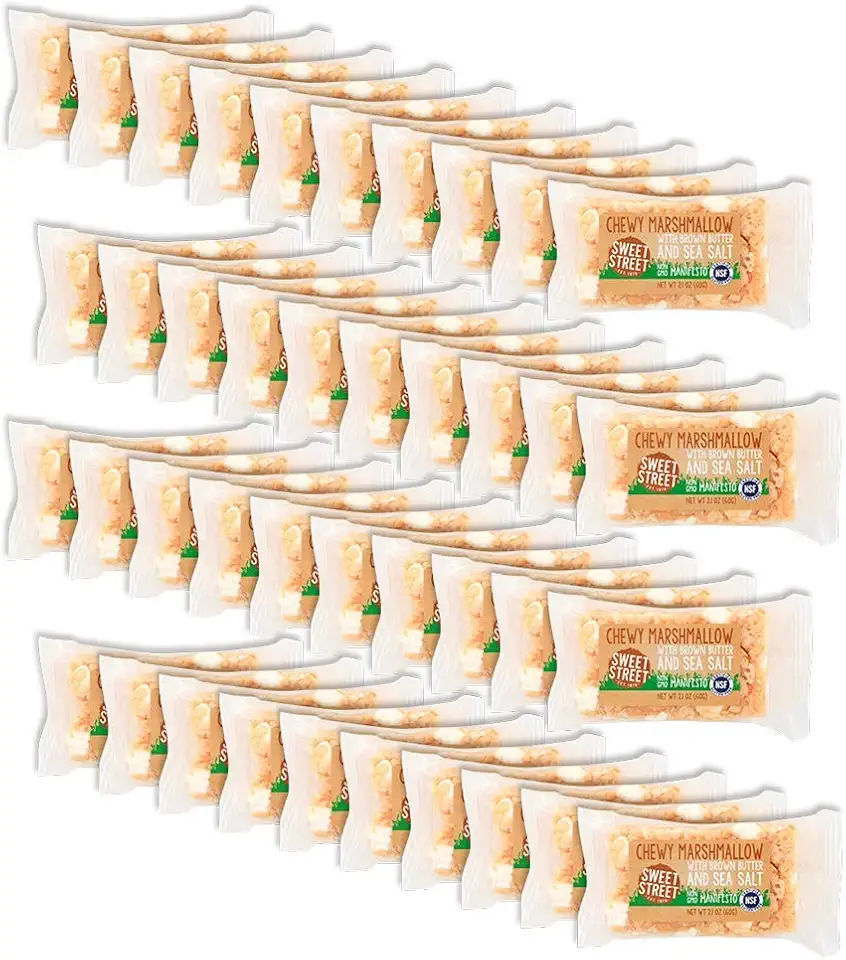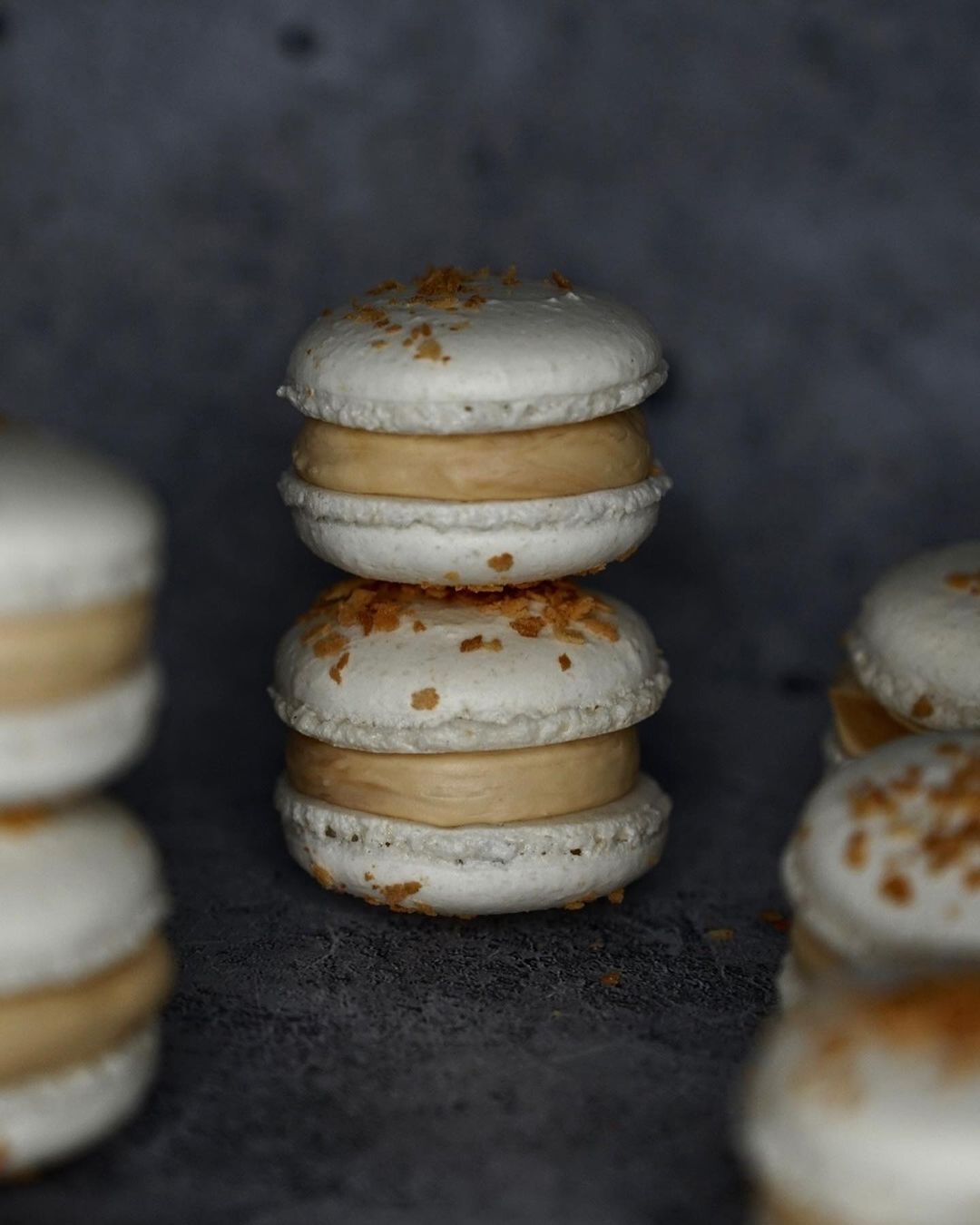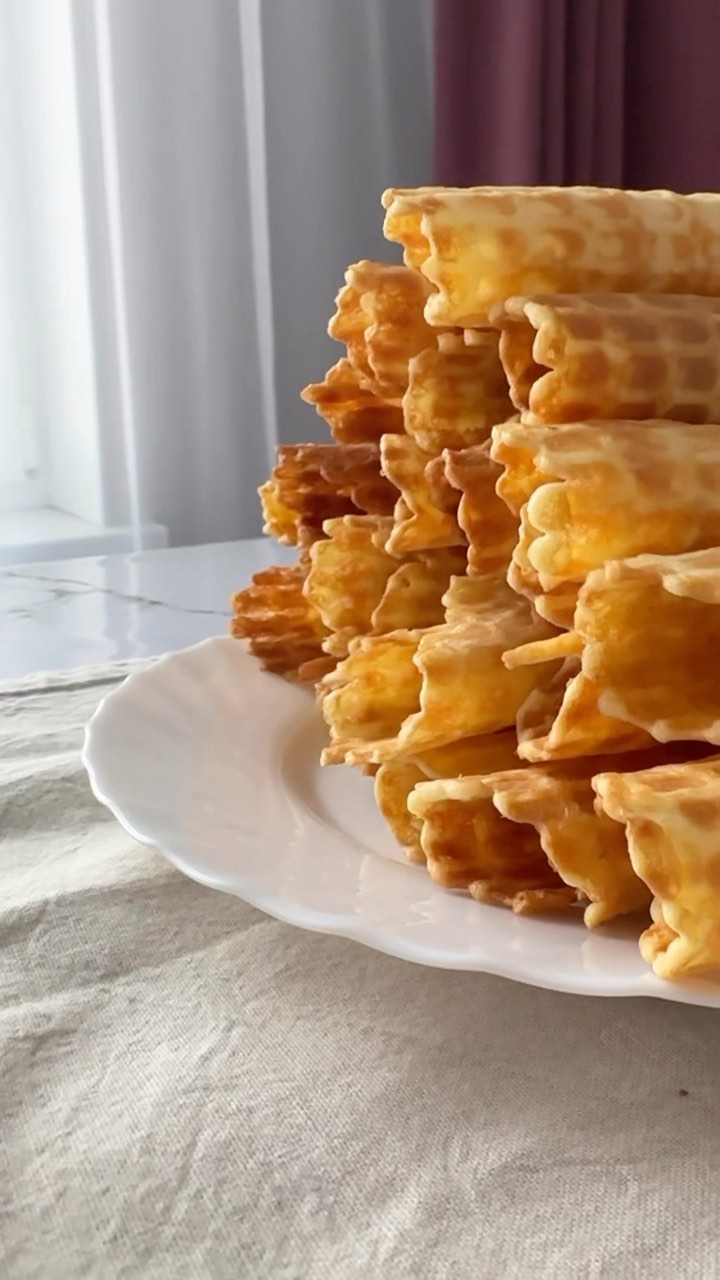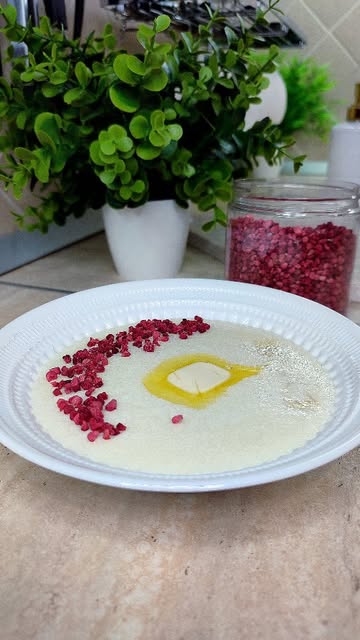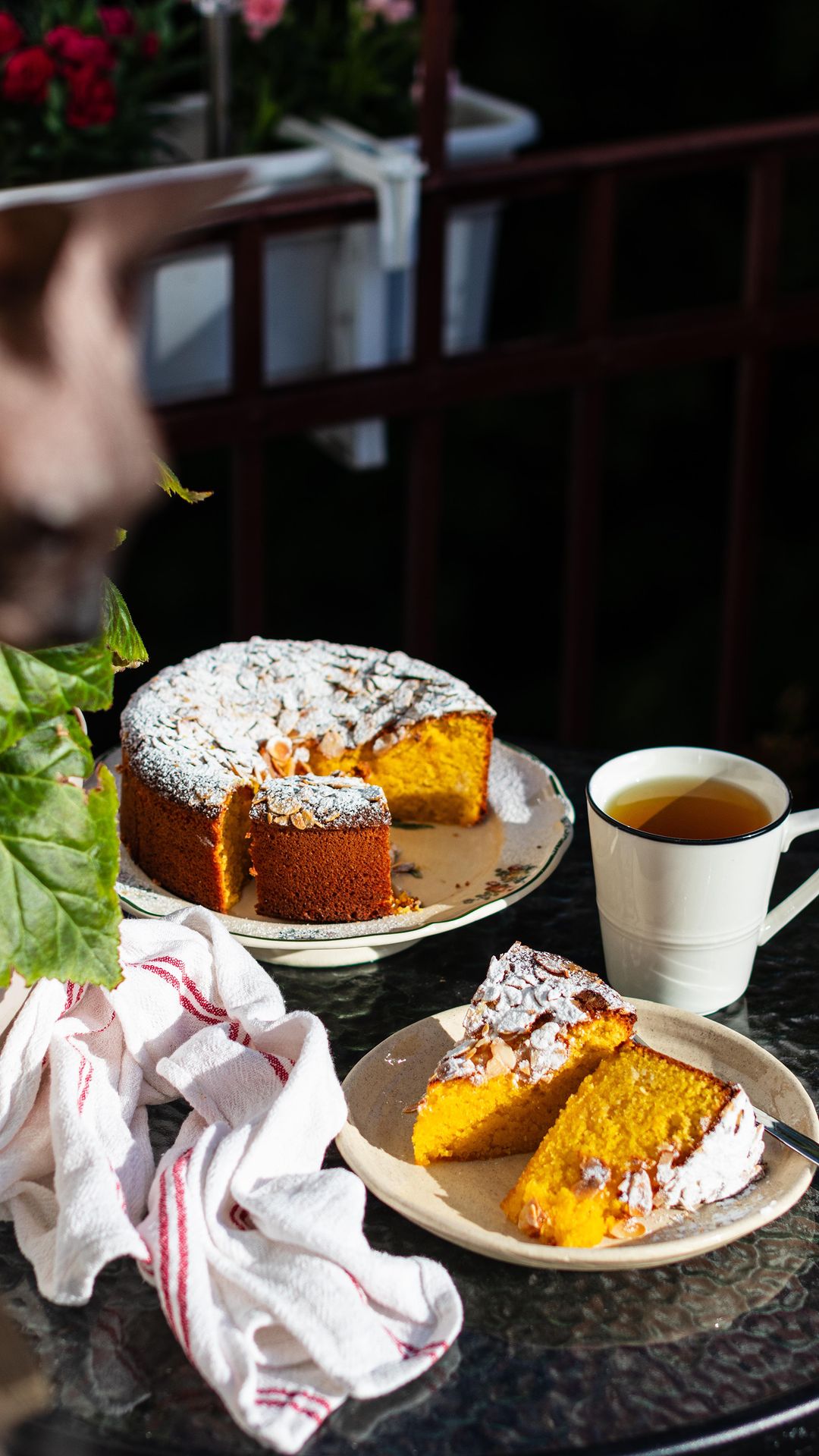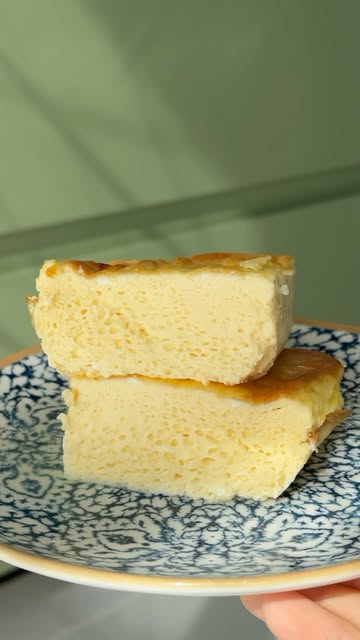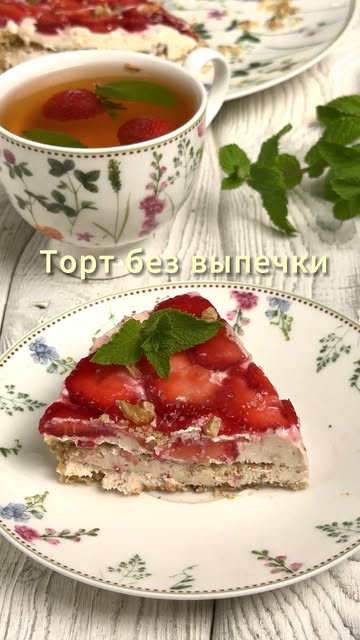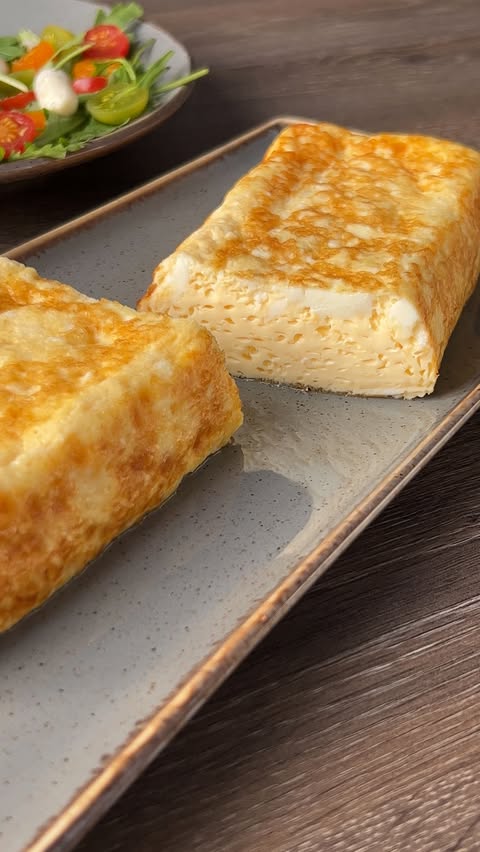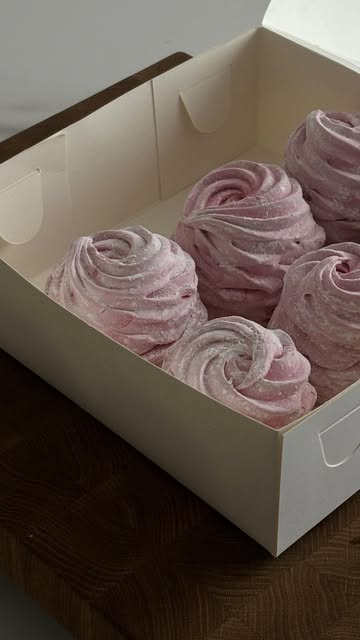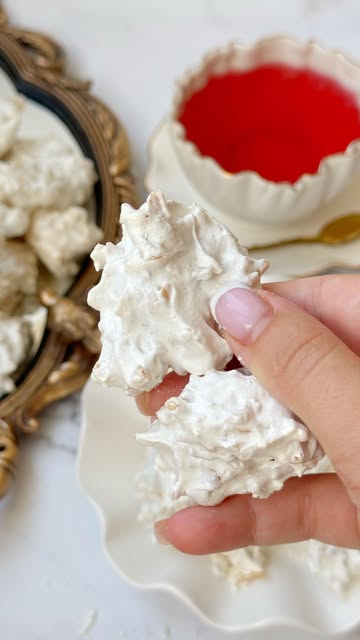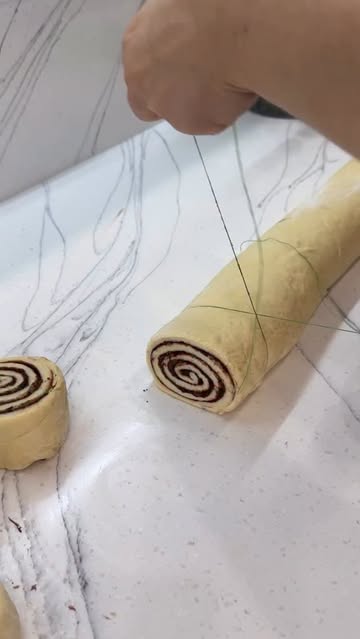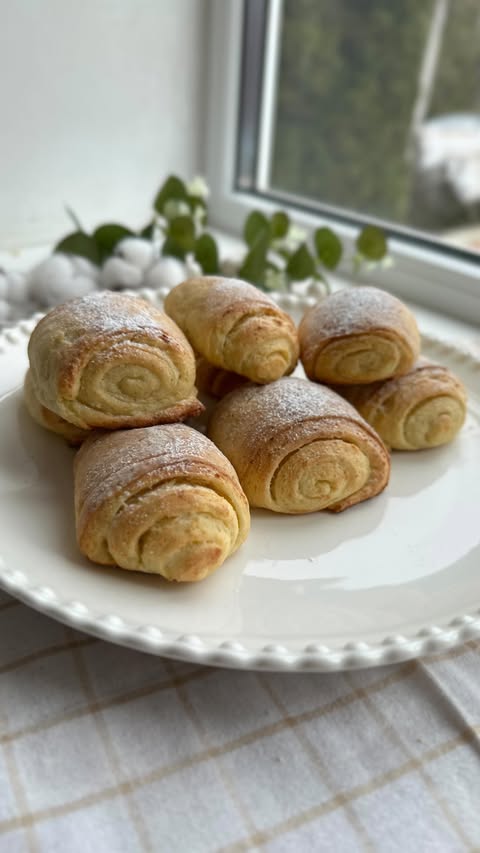Ingredients
Basic Ingredients
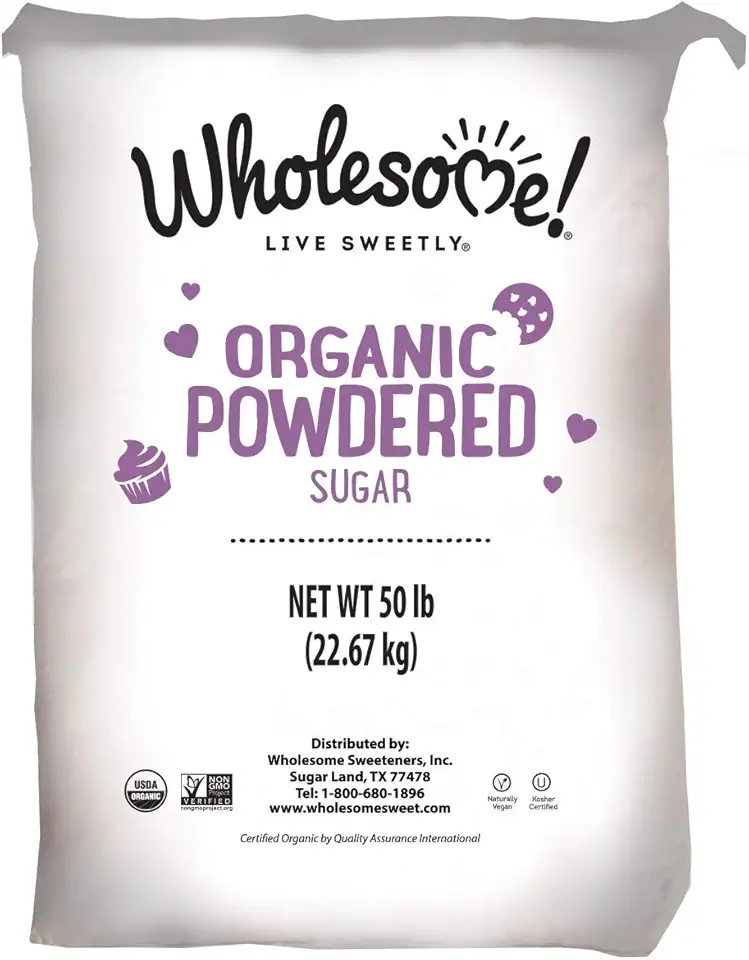 Wholesome Fair Trade Organic Powdered Sugar, Naturally Flavored Real Sugar, Non GMO & Gluten Free, 50 Pound (Pack of 1)
$106.95
View details
Prime
best seller
Wholesome Fair Trade Organic Powdered Sugar, Naturally Flavored Real Sugar, Non GMO & Gluten Free, 50 Pound (Pack of 1)
$106.95
View details
Prime
best seller
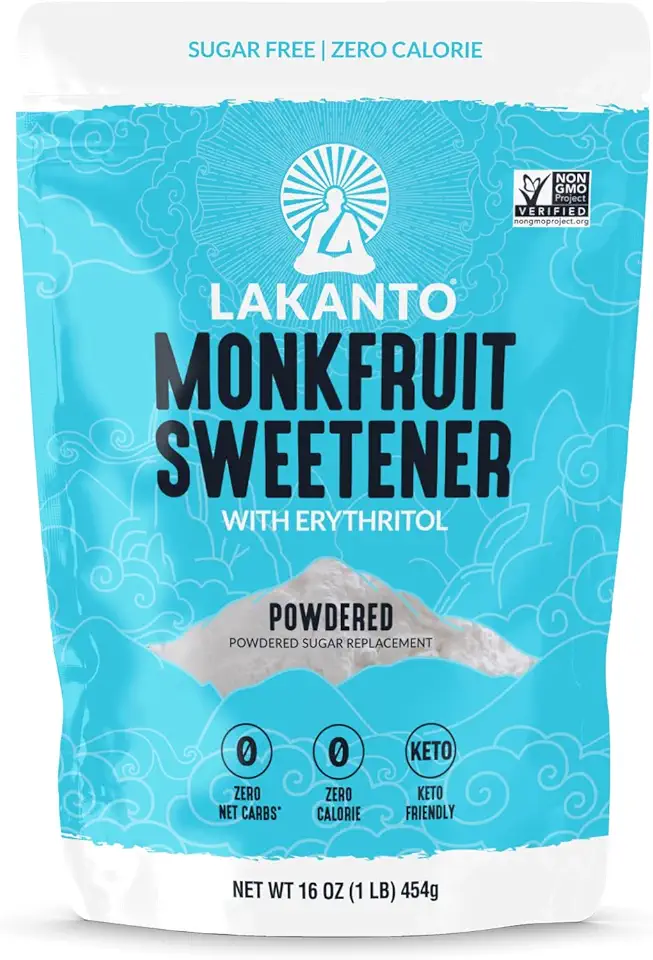 Lakanto Powdered Monk Fruit Sweetener with Erythritol - Powdered Sugar Substitute, Zero Calorie, Keto Diet Friendly, Zero Net Carbs, Baking, Extract, Sugar Replacement (Powdered - 1 lb)
$11.90
View details
Prime
Lakanto Powdered Monk Fruit Sweetener with Erythritol - Powdered Sugar Substitute, Zero Calorie, Keto Diet Friendly, Zero Net Carbs, Baking, Extract, Sugar Replacement (Powdered - 1 lb)
$11.90
View details
Prime
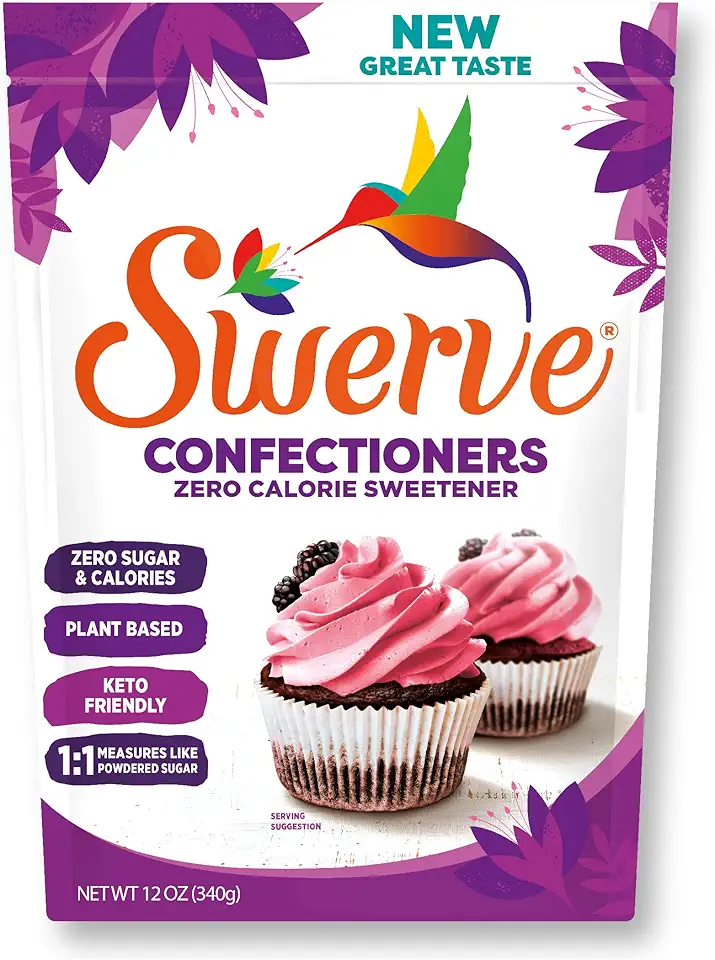 Swerve Sweetener Powder, Confectioners, 12 oz
$6.98
View details
Swerve Sweetener Powder, Confectioners, 12 oz
$6.98
View details
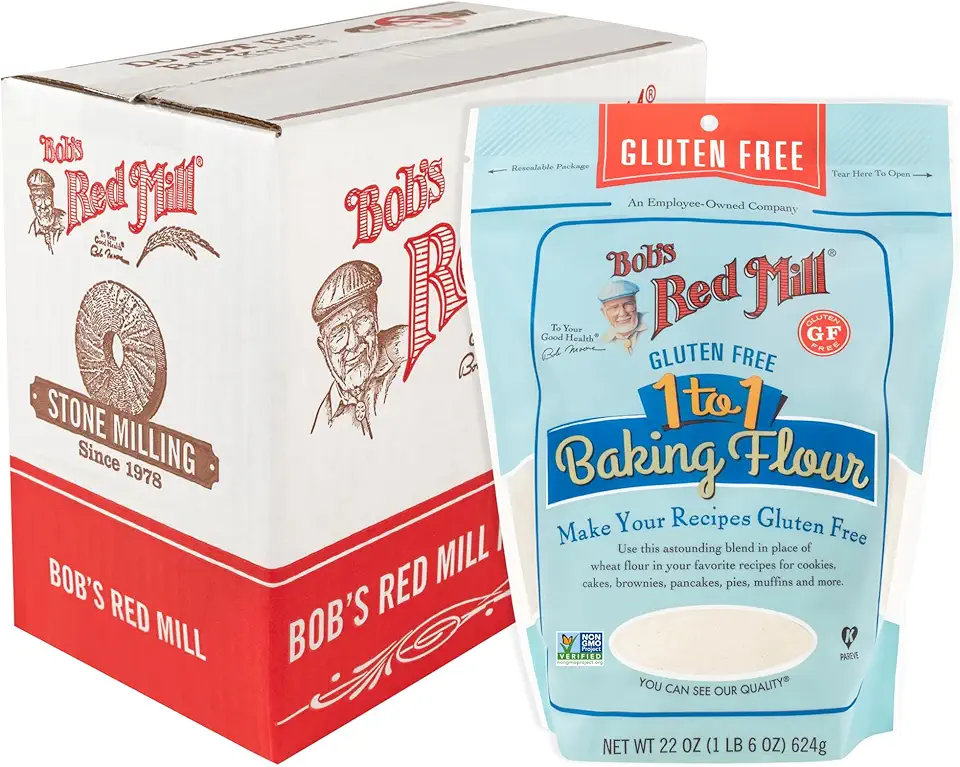 Bob's Red Mill Gluten Free 1-to-1 Baking Flour, 22 Ounce (Pack of 4)
$23.96
View details
Prime
Bob's Red Mill Gluten Free 1-to-1 Baking Flour, 22 Ounce (Pack of 4)
$23.96
View details
Prime
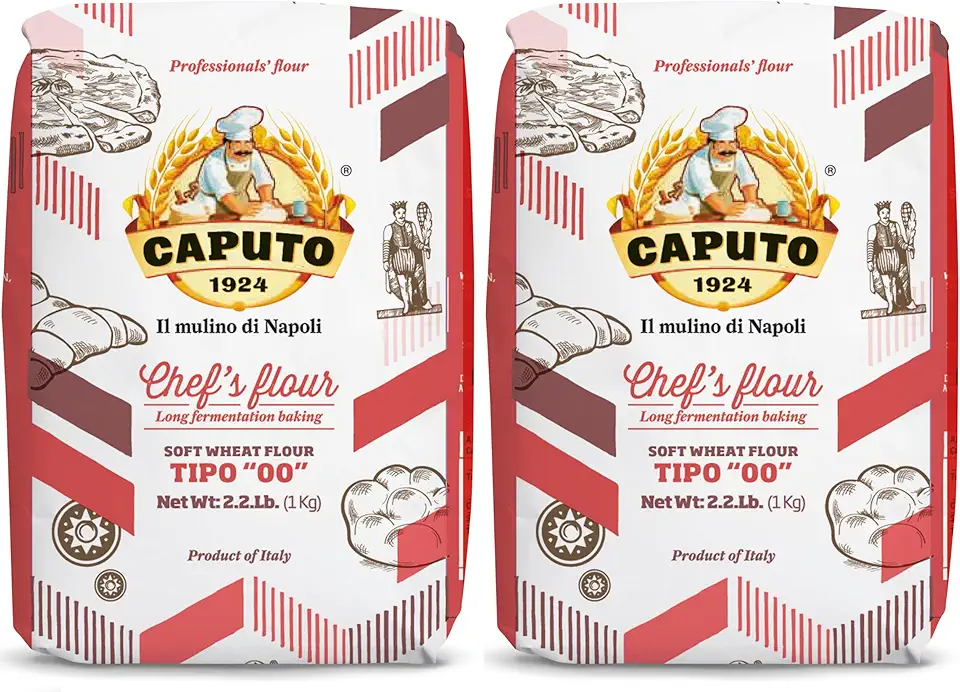 Antimo Caputo Chefs Flour - Italian Double Zero 00 - Soft Wheat for Pizza Dough, Bread, & Pasta, 2.2 Lb (Pack of 2)
$16.99
View details
Prime
best seller
Antimo Caputo Chefs Flour - Italian Double Zero 00 - Soft Wheat for Pizza Dough, Bread, & Pasta, 2.2 Lb (Pack of 2)
$16.99
View details
Prime
best seller
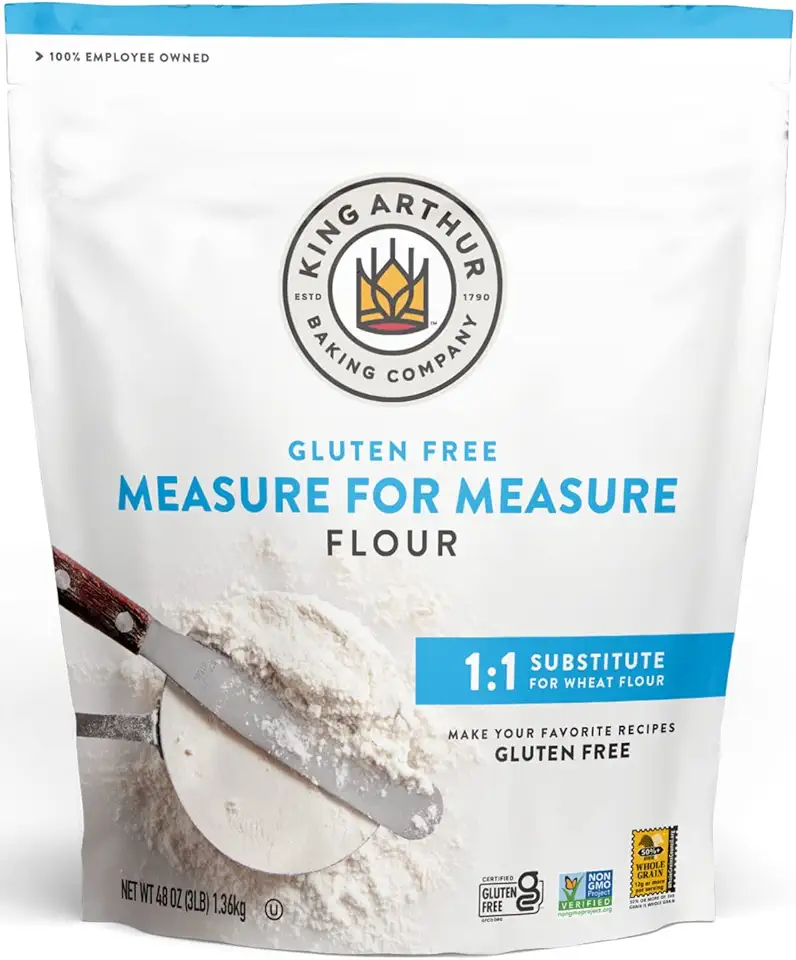 King Arthur, Measure for Measure Flour, Certified Gluten-Free, Non-GMO Project Verified, Certified Kosher, 3 Pounds, Packaging May Vary
$8.62
View details
King Arthur, Measure for Measure Flour, Certified Gluten-Free, Non-GMO Project Verified, Certified Kosher, 3 Pounds, Packaging May Vary
$8.62
View details
Instructions
Step 1
Start by gathering all your ingredients. It's essential to use **cold butter** for this recipe, as it helps to create a nice, flaky texture in the pastry. If possible, keep your **butter** in the fridge until you're ready to use it. Measure out **50 grams of powdered sugar**, **100 grams of butter**, **150 grams of flour**, and prepare your **egg yolk** and salt.
Step 2
In a large mixing bowl, combine the **all-purpose flour** and the **powdered sugar**. Whisk them together to ensure they're evenly distributed. This step is important for achieving a consistent sweetness throughout the pastry.
Step 3
Next, take your cold butter and cut it into small cubes. Add it to the flour mixture. Using your fingers, quickly **rub the butter into the dry ingredients** until the mixture resembles coarse crumbs. Remember to work **quickly** so that the butter doesn't melt, which would lead to a tough pastry.
Step 4
Make a well in the center of the crumbly mixture and add the **egg yolk**. Sprinkle a pinch of salt over the top. Gently mix the egg into the butter-flour mixture, combining until a dough starts forming. If the mixture is too dry, add a few drops of cold water to help it come together.
Step 5
Once the dough has formed, turn it out onto a lightly floured surface. Gently shape it into a flat disc—this helps it chill evenly in the refrigerator. Wrap your pastry dough in **plastic wrap** and refrigerate for at least **one hour**. This step is crucial for flavor development and making the dough easier to roll out later.
Step 6
After chilling, remove the dough from the fridge. On a lightly floured surface, roll out the dough to a thickness of about **4 to 8 mm**. Use gently even pressure to maintain the pastry's flakiness. Be careful not to over-handle the dough as it may become tough.
Step 7
Once rolled out, transfer the pastry into your **prepared tart pan** or pie dish. You don’t need to grease the dish as the high butter content will prevent sticking. Trim any excess pastry hanging over the edges.
Step 8
After placing the pastry in the pan, it’s often recommended to chill it again for about **30 minutes** before baking. This will help it to hold its shape during baking. Preheat your oven and follow your specific pie or tart recipe instructions for baking times and temperatures.
Servings
Equipment
A sturdy bowl is essential for mixing the ingredients. Opt for a glass or stainless steel bowl, as they don't retain heat, ensuring your butter stays chilled.
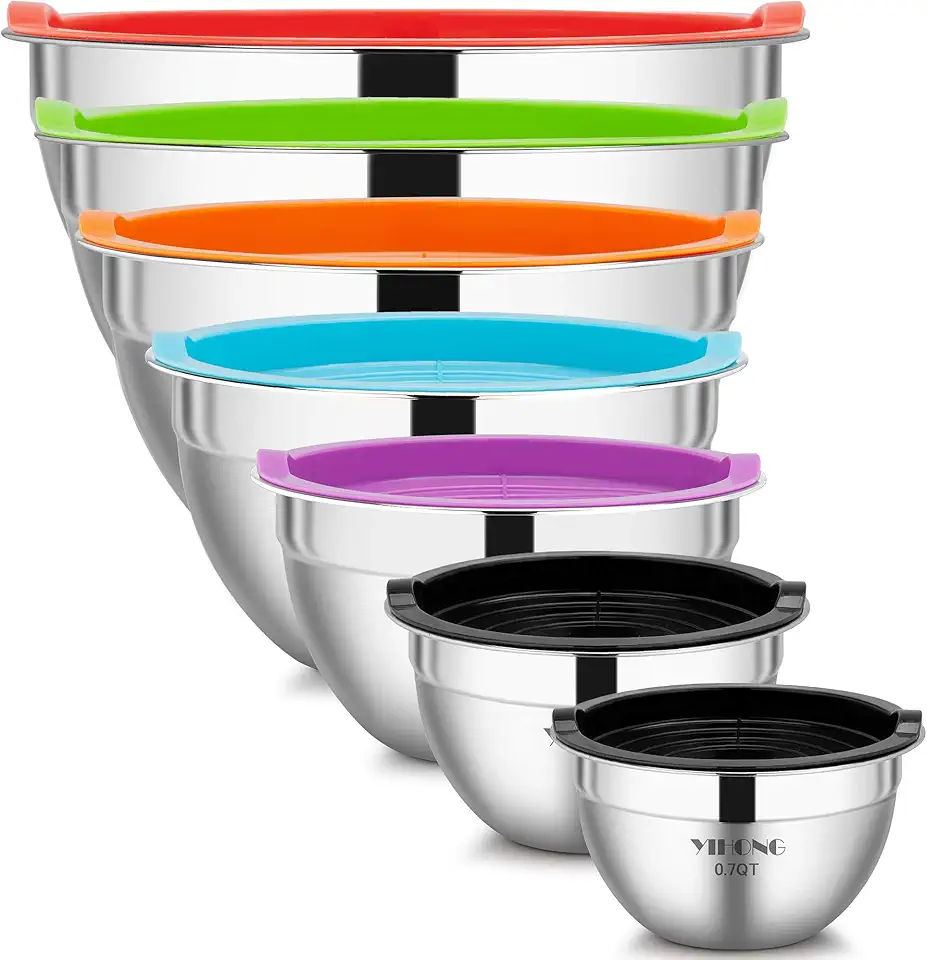 YIHONG 7 Piece Mixing Bowls with Lids for Kitchen, Stainless Steel Mixing Bowls Set Ideal for Baking, Prepping, Cooking and Serving Food, Nesting Metal Mixing Bowls for Space Saving Storage
$27.99
$35.99
View details
Prime
best seller
YIHONG 7 Piece Mixing Bowls with Lids for Kitchen, Stainless Steel Mixing Bowls Set Ideal for Baking, Prepping, Cooking and Serving Food, Nesting Metal Mixing Bowls for Space Saving Storage
$27.99
$35.99
View details
Prime
best seller
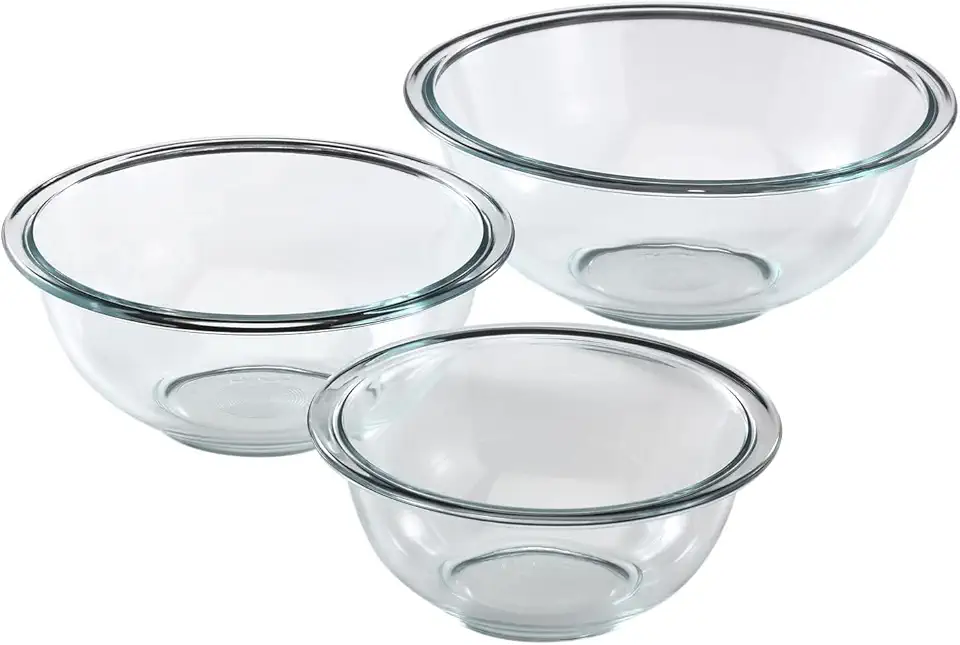 Pyrex Glass, 3-Piece, 3 PC Mixing Bowl Set
$17.53
View details
Prime
Pyrex Glass, 3-Piece, 3 PC Mixing Bowl Set
$17.53
View details
Prime
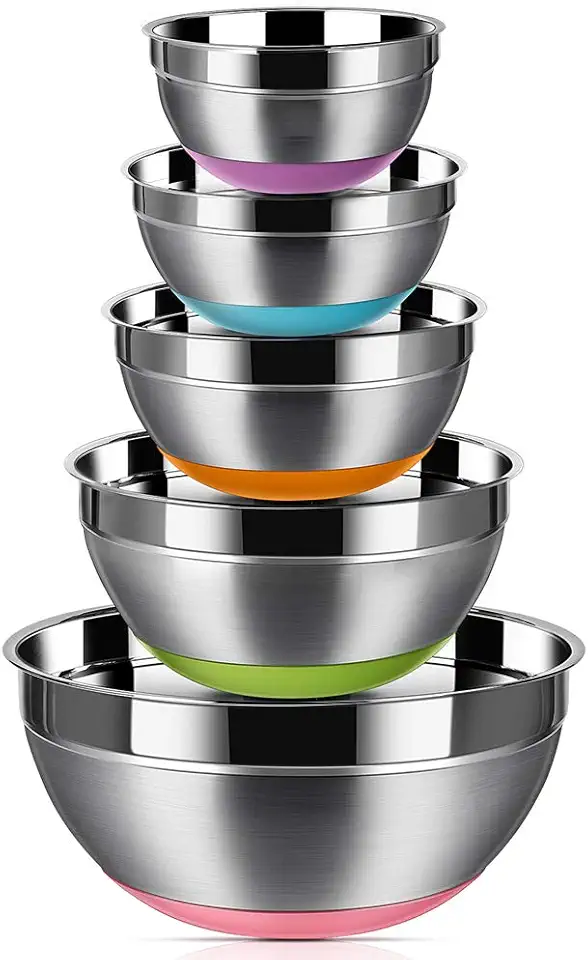 REGILLER Stainless Steel Mixing Bowls (Set of 5), Non Slip Colorful Silicone Bottom Nesting Storage Bowls, Polished Mirror Finish For Healthy Meal Mixing and Prepping 1.5-2 - 2.5-3.5 - 7QT (Colorful)
$26.99
View details
REGILLER Stainless Steel Mixing Bowls (Set of 5), Non Slip Colorful Silicone Bottom Nesting Storage Bowls, Polished Mirror Finish For Healthy Meal Mixing and Prepping 1.5-2 - 2.5-3.5 - 7QT (Colorful)
$26.99
View details
This tool will help you evenly roll out your dough to the perfect thickness. Ensure it’s smooth for easy handling of the pastry.
 Farberware Classic Wood Rolling Pin, 17.75-Inch, Natural
$12.99
$13.99
View details
Prime
Farberware Classic Wood Rolling Pin, 17.75-Inch, Natural
$12.99
$13.99
View details
Prime
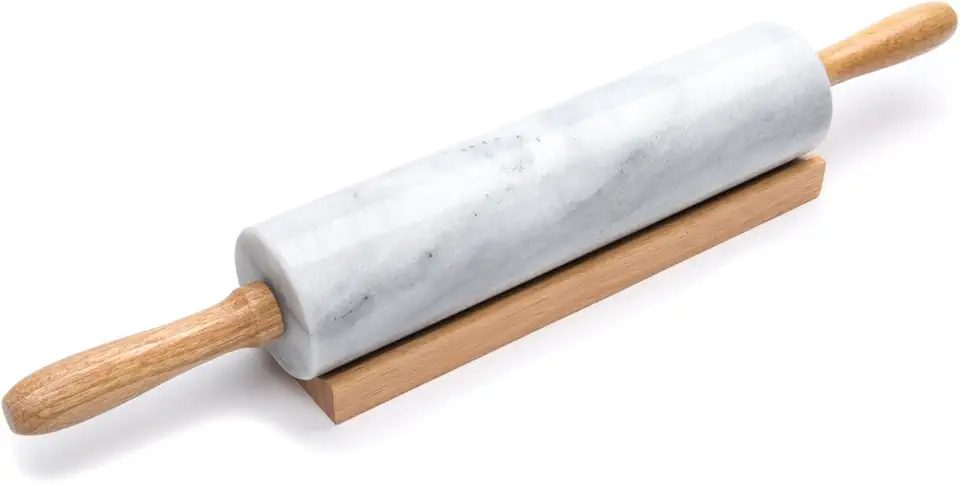 Fox Run Polished Marble Rolling Pin with Wooden Cradle, 10-Inch Barrel, White
$20.88
View details
Prime
Fox Run Polished Marble Rolling Pin with Wooden Cradle, 10-Inch Barrel, White
$20.88
View details
Prime
 French Rolling Pin (17 Inches) –WoodenRoll Pin for Fondant, Pie Crust, Cookie, Pastry, Dough –Tapered Design & Smooth Construction - Essential Kitchen Utensil
$9.99
View details
French Rolling Pin (17 Inches) –WoodenRoll Pin for Fondant, Pie Crust, Cookie, Pastry, Dough –Tapered Design & Smooth Construction - Essential Kitchen Utensil
$9.99
View details
Select a heavy-duty baking sheet for even heat distribution. No need to grease it since the fat in the dough prevents sticking!
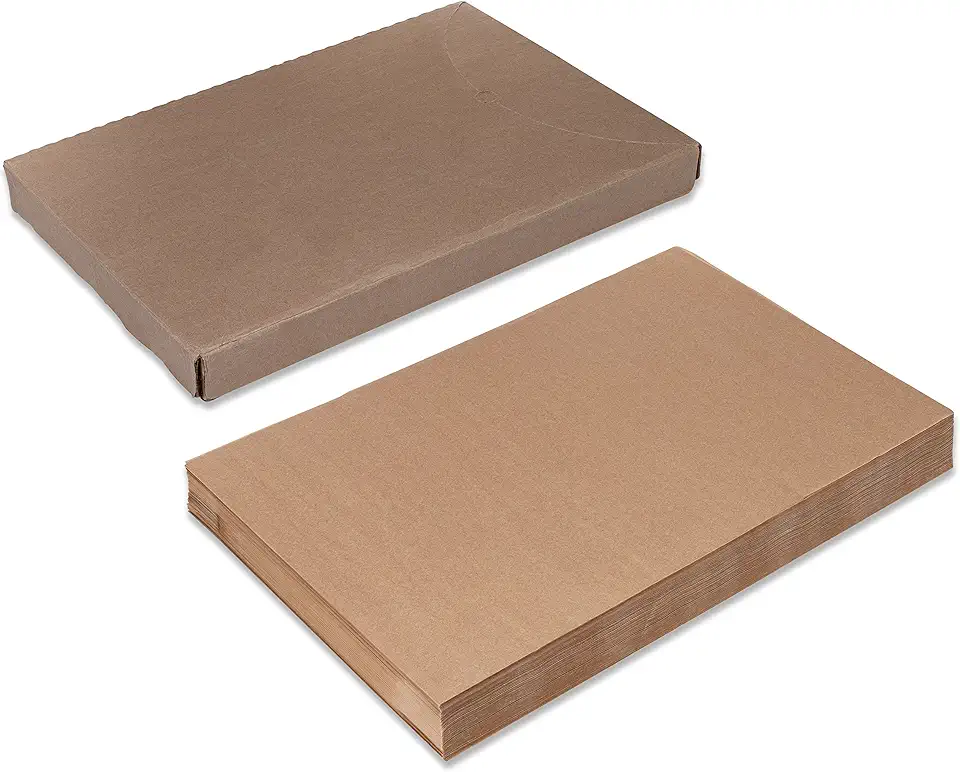 Paterson Paper 16" x 24" Full Size Unbleached Chromium-Free Reusable Baking Parchment Paper Sheets Commercial Bun/Sheet Pan Liners - 1000/Case - 425F - Non-Stick/Grease-Resistant
$169.58
View details
Prime
best seller
Paterson Paper 16" x 24" Full Size Unbleached Chromium-Free Reusable Baking Parchment Paper Sheets Commercial Bun/Sheet Pan Liners - 1000/Case - 425F - Non-Stick/Grease-Resistant
$169.58
View details
Prime
best seller
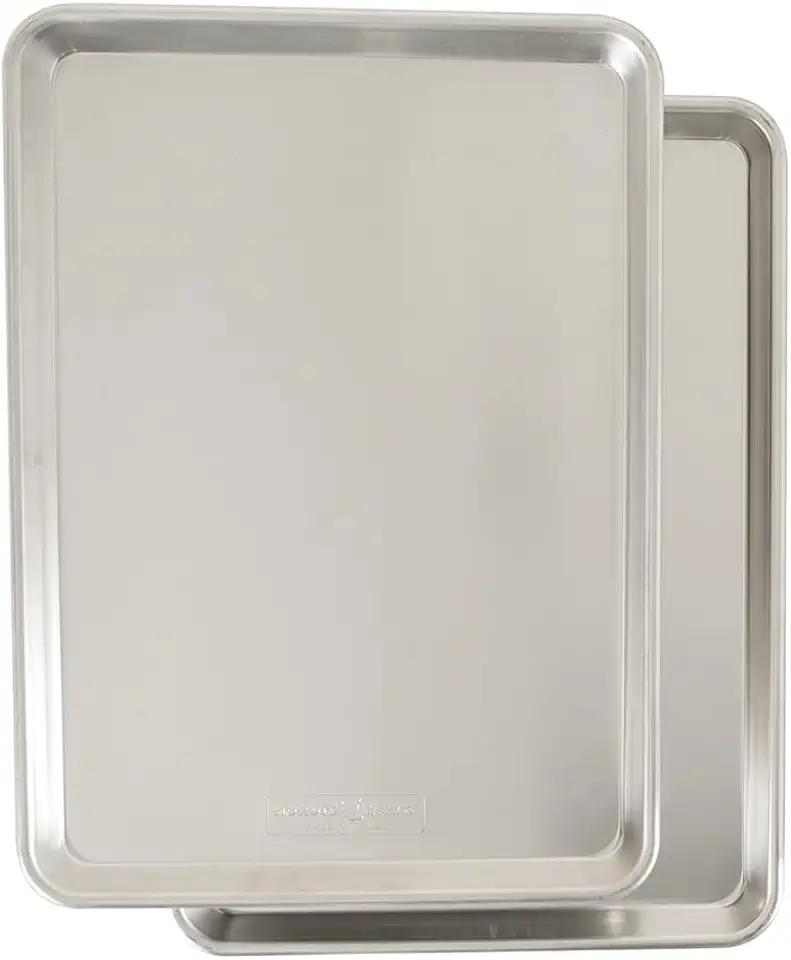 Nordic Ware Naturals Half Sheet, 2-Pack, Natural
$37.80
View details
Prime
Nordic Ware Naturals Half Sheet, 2-Pack, Natural
$37.80
View details
Prime
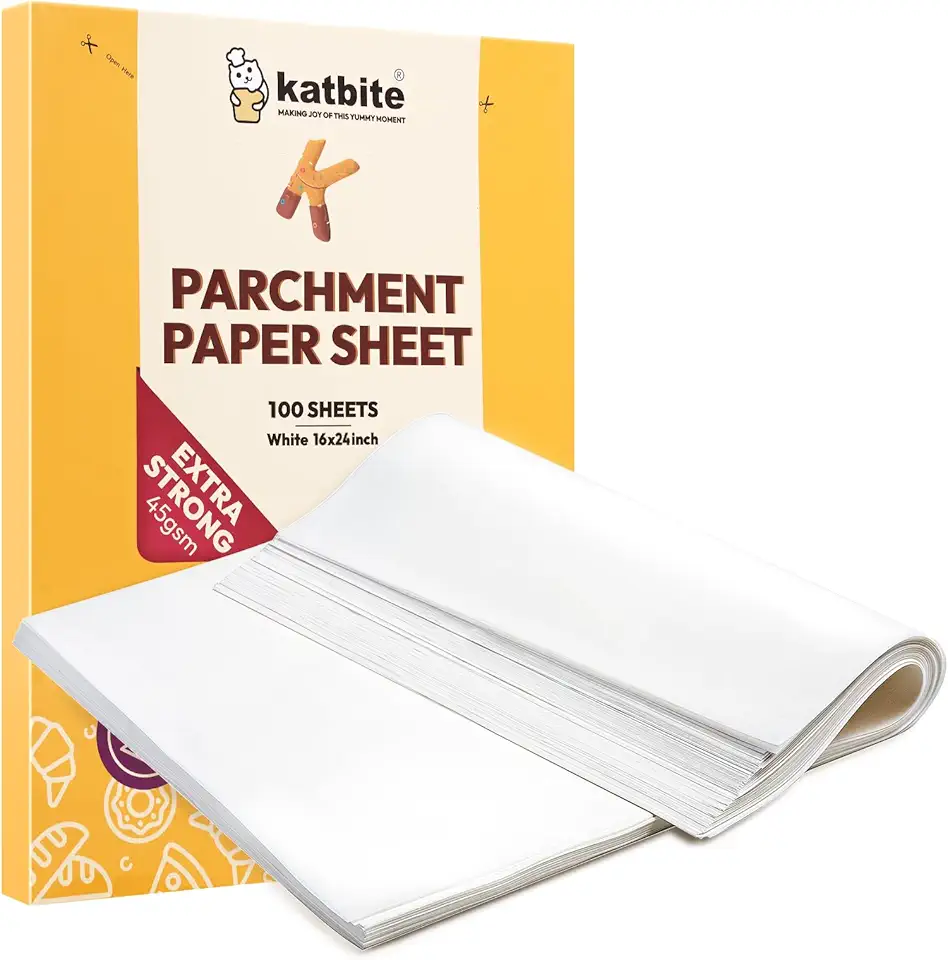 Katbite 16x24 inch Heavy Duty Parchment Paper Sheets, 100Pcs Precut Non-Stick Full Parchment Sheets for Baking, Cooking, Grilling, Frying and Steaming, Full Sheet Baking Pan Liners, Commercial Baking
$18.99
$25.99
View details
Katbite 16x24 inch Heavy Duty Parchment Paper Sheets, 100Pcs Precut Non-Stick Full Parchment Sheets for Baking, Cooking, Grilling, Frying and Steaming, Full Sheet Baking Pan Liners, Commercial Baking
$18.99
$25.99
View details
If you’re short on time, a food processor can help you mix and incorporate the ingredients quickly, but be careful not to over-process.
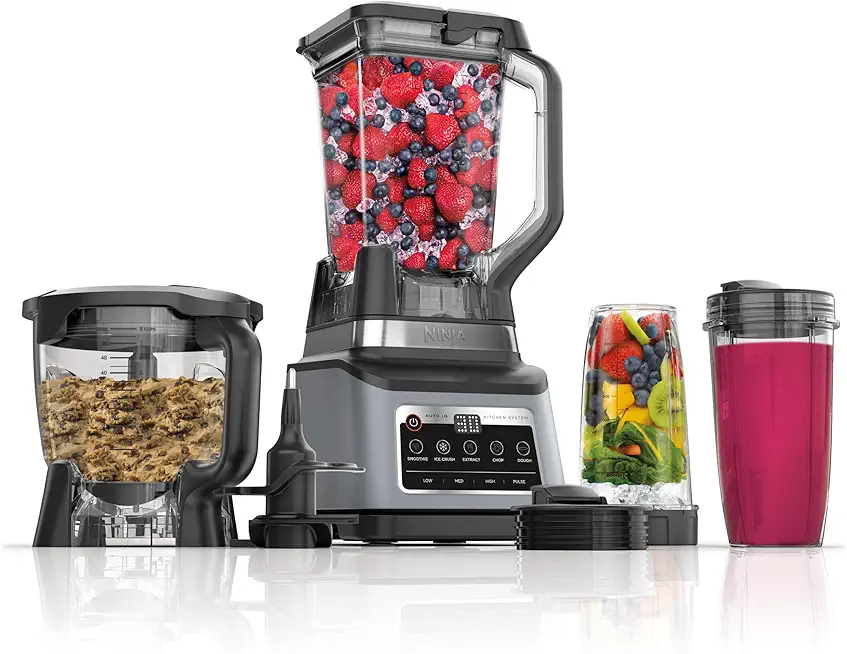 Ninja BN801 Professional Plus Kitchen System, 1400 WP, 5 Functions for Smoothies, Chopping, Dough & More with Auto IQ, 72-oz.* Blender Pitcher, 64-oz. Processor Bowl, (2) 24-oz. To-Go Cups, Grey
$149.99
$219.99
View details
Ninja BN801 Professional Plus Kitchen System, 1400 WP, 5 Functions for Smoothies, Chopping, Dough & More with Auto IQ, 72-oz.* Blender Pitcher, 64-oz. Processor Bowl, (2) 24-oz. To-Go Cups, Grey
$149.99
$219.99
View details
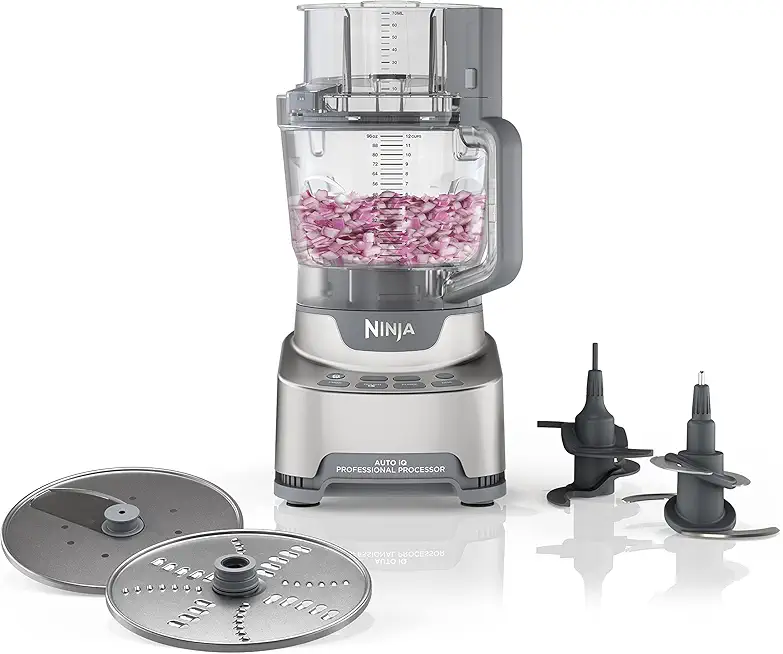 Ninja Food Processor, Professional XL, 1200 Peak-Watts, 4-in-1, Chopping, Slicing/Shredding, Purees, Dough, 12-Cup Processor Bowl, 2 Blades & 2 Discs, Feed Chute/Pusher, Black, NF701
$169.99
View details
Prime
Ninja Food Processor, Professional XL, 1200 Peak-Watts, 4-in-1, Chopping, Slicing/Shredding, Purees, Dough, 12-Cup Processor Bowl, 2 Blades & 2 Discs, Feed Chute/Pusher, Black, NF701
$169.99
View details
Prime
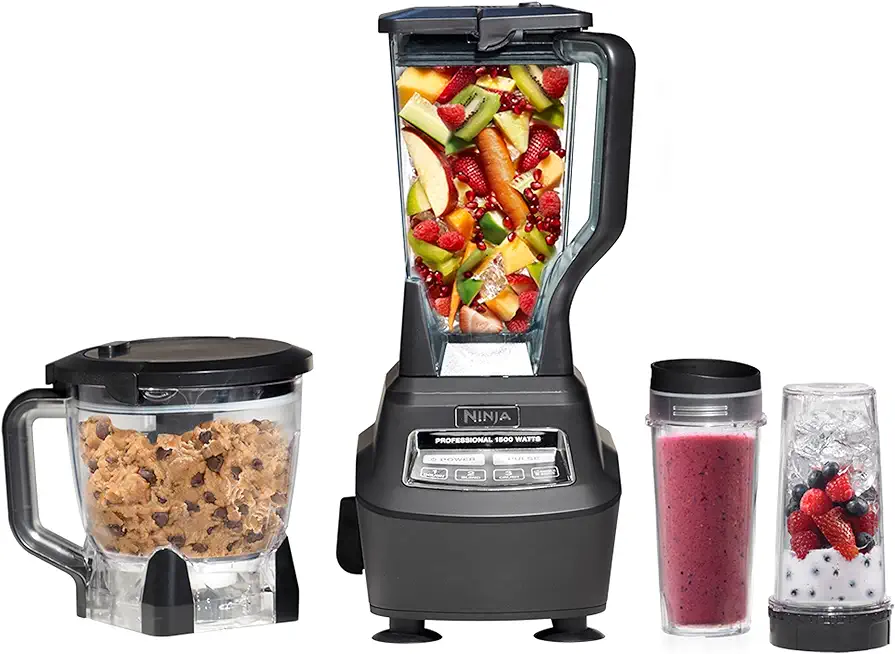 Ninja BL770 Mega Kitchen System, 1500W, 4 Functions for Smoothies, Processing, Dough, Drinks & More, with 72 Blender Pitcher, 64 Processor Bowl, (2) 16-oz. to-Go, Black, with 2 Nutri Cups + Lids
$159.99
$199.99
View details
Ninja BL770 Mega Kitchen System, 1500W, 4 Functions for Smoothies, Processing, Dough, Drinks & More, with 72 Blender Pitcher, 64 Processor Bowl, (2) 16-oz. to-Go, Black, with 2 Nutri Cups + Lids
$159.99
$199.99
View details
Variations
Gluten-Free Version 🌾: Substitute regular flour with gluten-free flour blends. Just ensure they contain xanthan gum to help bind the pastry.
Vegan Option 🌱: Replace butter with coconut oil or vegan margarine, and use flaxseed meal combined with water instead of the egg. This will give you a plant-based treat that everyone can enjoy. Baking without limits has never been easier!
Faq
- What if my dough is too crumbly?
If your dough seems too crumbly, it may need a touch more moisture. Try adding a teaspoon of cold water or egg yolk to bind the ingredients better.
- How long should I chill the dough?
Chilling the dough for at least 1 hour is essential. This helps maintain the texture and prevents it from spreading too much while baking.
- Can I add flavors or spices to the dough?
Absolutely! Feel free to infuse your shortbread with vanilla, lemon zest, or even spices like cinnamon for a unique twist!
- Why is my shortbread too hard after baking?
Overworking the dough can lead to tough pastry. Remember to handle it gently and avoid long mixing times.
- What's the best way to store leftover pastry?
Store your shortbread in an airtight container at room temperature for several days. For longer freshness, refrigerate or freeze them.
- Can I use this dough for other desserts?
Yes! This versatile dough can also be used for tarts or as a crust for cheesecakes. Let your creativity flow!

